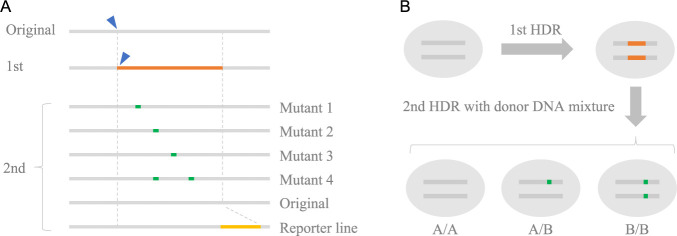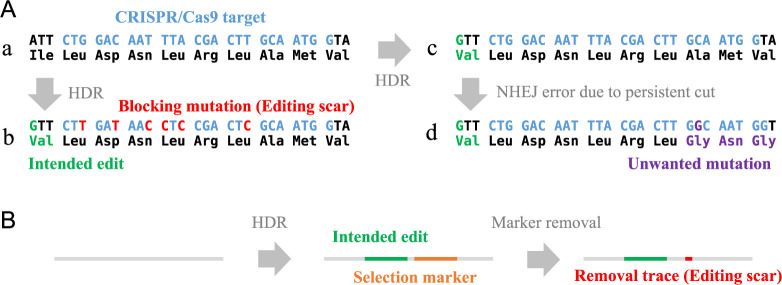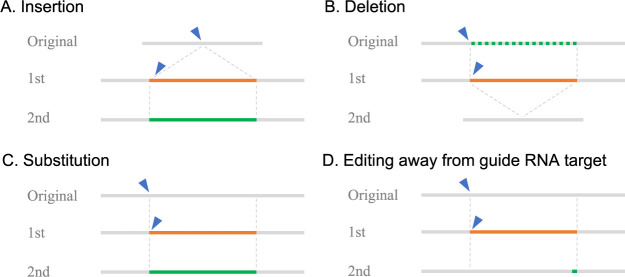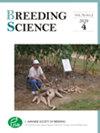无痕基因组编辑技术及其在作物改良中的应用。
IF 2.2
4区 农林科学
Q2 AGRONOMY
引用次数: 0
摘要
CRISPR/Cas9 的出现给世界带来了颠覆性的影响,使基因组编辑技术取得了巨大进步并迅速普及。然而,尽管基因破坏可以轻松实现,但自由改变序列却一直是个难题。为了解决这个问题,近年来出现了各种新型技术来实现基因组序列的自由改写。本综述将介绍通过两步 HDR 技术进行的无疤痕编辑,这种技术可以自由改写从单核苷酸到数千核苷酸以上的基因组。本文章由计算机程序翻译,如有差异,请以英文原文为准。



Scarless genome editing technology and its application to crop improvement.
The advent of CRISPR/Cas9 has had a disruptive impact on the world by bringing about dramatic progress and rapid penetration of genome editing technology. However, even though gene disruption can be easily achieved, there has been a challenge in freely changing the sequence. To solve this problem, various novel technologies have emerged in recent years to realize free rewriting of genome sequences. In this review, scarless editing by two-step HDR, a technology that can freely rewrite genomes from a single nucleotide to more than several thousand nucleotides, will be introduced.
求助全文
通过发布文献求助,成功后即可免费获取论文全文。
去求助
来源期刊

Breeding Science
农林科学-农艺学
CiteScore
4.90
自引率
4.20%
发文量
37
审稿时长
1.5 months
期刊介绍:
Breeding Science is published by the Japanese Society of Breeding. Breeding Science publishes research papers, notes and reviews
related to breeding. Research Papers are standard original articles.
Notes report new cultivars, breeding lines, germplasms, genetic
stocks, mapping populations, database, software, and techniques
significant and useful for breeding. Reviews summarize recent and
historical events related breeding.
Manuscripts should be submitted by corresponding author. Corresponding author must have obtained permission from all authors
prior to submission. Correspondence, proofs, and charges of excess page and color figures should be handled by the corresponding author.
 求助内容:
求助内容: 应助结果提醒方式:
应助结果提醒方式:


